Previous readalong posts
Part 1: “Introduction” & “Warnings”
Part 2: “Blame”
Part 3: “The Great Panic”
The Story So Far…
In part 3, we’ve moved past the initial fears and doubts of the public about the outbreaks. These testimonials relate the first substantial encounters people had with the infected. In Memphis, Tennessee, USA at the Parnell Air National Guard Base, the interviewer speaks with Gavin Blaire. Blaire was the pilot of a Fujifilm blimp before the war and now works on one of the dirigibles used in the Civil Air Patrol. He recalls the mass exodus that occurred at the beginning of the Great Panic, with interstates turned into gridlock as people tried to get out of town. Tragic, he points out, because they were leaving one heavily infested city and heading toward another area of high infestation. He wonders if anyone had organized the doomed escape attempt, or if people just got in line, going in the same direction they saw the rest of the herd moving in. Even as they waited in their cars to get moving, zombies swarmed and attacked, “literally eating [their] way up the stalled lines” (loc 1175).
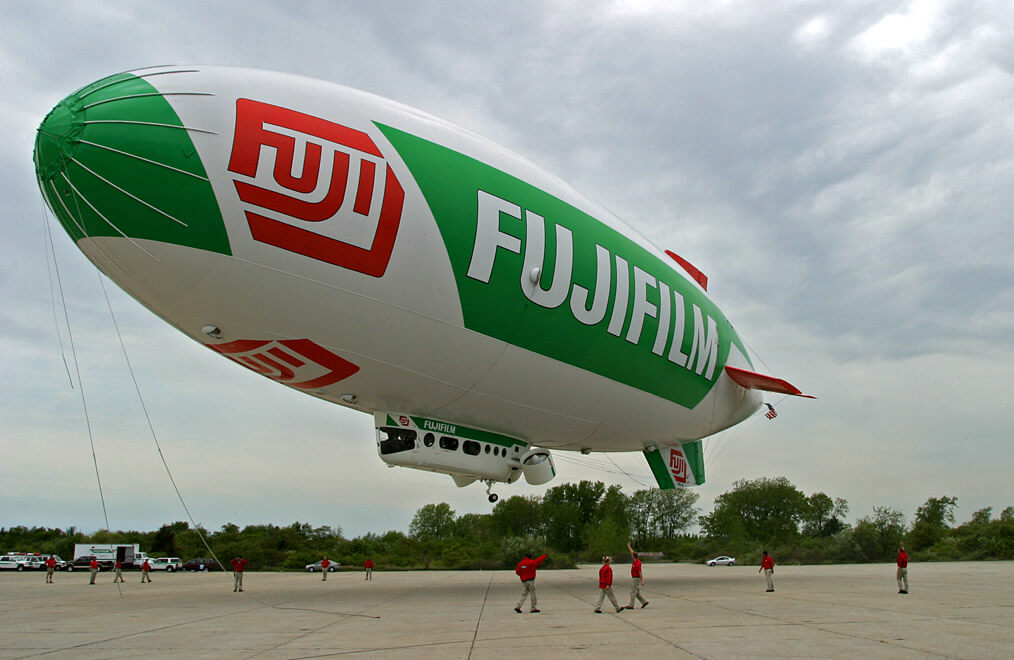
In Alang, India, Ajay Shah looks out over the wreckage of decaying ships on the shore. He was once a “white-collar professional” in the nearby town of Bhavnagar, but when the Great Panic hit, he headed for the shore to escape the infested land. He remembers seeing people with smaller boats and rafts charging outrageous sums to ferry people to the large ships in the harbour, or refusing to take people of a certain caste or skin colour—but, he points out as an afterthought, for every negative story he saw ten good ones. He himself was saved when he dove into the sea, swimming desperately for a ship, by a Canadian aboard The Sir Walter Grenfell. Others weren’t so lucky, and as the dead reanimated below the waves, they rose up to attack. Even the water wasn’t safe.
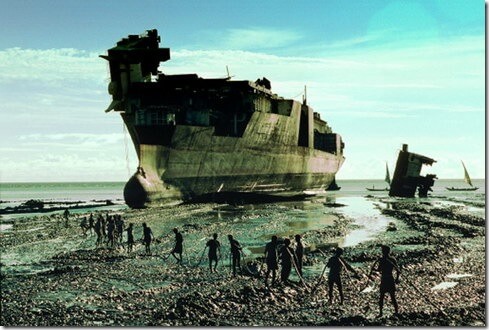
In Topeka, Kansas, USA, a woman the interviewer describes as “beautiful by almost any standard. . . and the body of a dancer, or a prewar supermodel” is in a facility for “feral children” (loc 1235). Though grown, Sharon has the mentality of a four-year-old. Still, is considered lucky for having language skills and some cognitive function; this suggests that others at the Home are not so lucky. Under the supervision of two doctors, she tells the interviewer her firsthand account of her encounter with the infected. She punctuates her narrative by miming some actions and mimicking voices and sound effects. She was, she says, in a church with her parents when the infected came, along with several young friends. Her mom held her close and promised she wouldn’t let “them” get Sharon. When the church was overrun, she was passed to another adult, who ran with her, away from her mother and the zombies. Her mimicry of the zombie sounds, the interviewer notes, is the most uncannily precise the interviewer has ever heard.
In Khuzhir, Olkhon Island, Lake Baikal, Holy Russian Empire, the interviewer meets with a prisoner, Maria Zhuganova. She had been a soldier at the time of the Great Panic, and her unit had been isolated in North Osettia, so isolated, in fact, that they hadn’t heard any news of the infection. She refers to a “plain-clothed civilian who just seemed to appear one day out of nowhere. He was a mean little bastard, with a thin, rat face. That’s what we called him: ‘Rat Face‘” (loc1315). No one tried to find out who he was, but he was involved with the “state security” measures.
Maria’s unit was put into full combat alert and sent through mountains, unsure what they were looking for. She knew that their actions didn’t make sense, including leaving behind abandoned caches of weapons and drugs they came across. One veteran in the unit, Baburin, could tell something was wrong. It came to a head when the sharpshooter Petrenko was ordered by his lieutenant, who in turn was ordered by Rat Face, to take out a little girl staggering toward them. Petrenko refused, and so Rat Face approached the (infected) child and shot her in the head. Amid unrest and confusion, another soldier, Arkady, calls everyone to the centre of camp and shows them a zombie woman on a chain, skin scraped off her legs, black pus oozing from her. He wants to open his platoon’s eyes and gets the whole group chanting “We want to go home!” (loc1391). The zombie woman attacks and bites Arkady, who is then shot by one of the Spetznatz commandos. Afterward, the entire group is rounded up and given a demonstration of “democracy,” known now as “the Decimation.” Each group of ten soldiers was forced to elect one of their members to be executed; they were given rocks to execute that person with, making each of them complicit in the act and binding them together through guilt. Maria’s group elects Baburin, and she points out that truly the Russian army could now live that infamous Nazi excuse, “We were only following orders.”
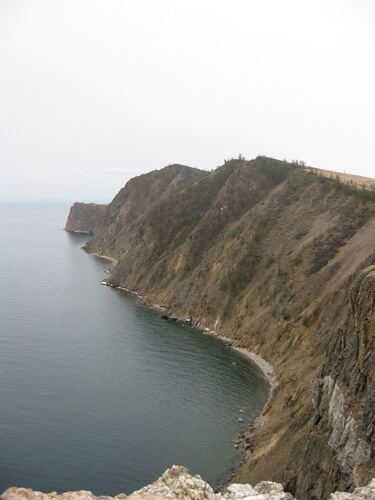
In Bridgetown, Barbados, in a bar that “personifies the Wild West Indies” (loc 1424), the interviewer describes the place as “Special Economic Zone,” fenced off from the violence and the chaos of the rest of the island in order to provide a haven for rich survivors (and their money). S/he is there to meet T. Sean Collins, a mercenary-turned-private security contractor for someone rich and famous—he won’t name who as he fears a lawsuit, even at this point in the world’s history. This famous man had gathered a number of other reality-show-calibre celebrities (“that little rich, spoiled, tired-looking whore who was famous for just being a little rich, spoiled, tired-looking whore. . . that record mogul guy with the big ‘ole diamond earrings. . . the political comedy guy, you know, the one with the show. . . .[loc 1449]). Together in a mansion on Long Island tricked out for long-term survival, the famous man was also broadcasting the house, Big Brother- style, online 24/7.
When the attack came, Collins was terrified at first because the creatures streaming toward the house were moving fast: “If they could run, they could climb, if they could climb, maybe they could think, and if they could think. . . now I was scared” (loc 1489). Then he realized: these weren’t zombies, they were uninfected people who saw the house broadcasts and were arriving with babies, elderly, tools to storm the walls, and desperation to get into what looks like a safe place. Collins abandoned his gig in the ensuing violent bedlam and headed for the beach, hoping to pawn one of the mogul’s diamond earrings in exchange for safe passage.
In Ice City, Greenland, the interviewer visits what was once an underground stronghold, a 300-kilometre maze where a quarter of a million people once sheltered. It’s now more of a museum than anything, a UNESCO World Heritage site. S/he speaks with Ahmed Farahnakian, once a major in the Iranian Revolution Guards Corps Air Force. Farahnakian reminisces about the political situation at the time of the Great Panic, specifically the precarious and yet stable relationship between India and Pakistan: both poised to use nuclear weapons against one another, both with the political machinery in place to stop that from happening. Iran, he says, hadn’t yet been as hard hit by the disease because its terrain was mountainous, it population small; refugees, however, were pouring in. Most were Indians who passed unmolested through Pakistan. Farahnakian estimates that at least ten percent of the hundreds of thousands arriving daily were infected.
To stop this dangerous influx, Farahnakian flew a mission to cut off the major artery, near the Ketch River Bridge. The Pakistanis retaliated with a proportional response by blowing up a border station, but the conflict escalated because the embassy in Tehran had destroyed its radios and didn’t know that “tit for tat” had already been accomplished. The violence became nuclear: “Tehran, Islamabad, Qom, Lahore, Bandar Abbas, Ormara, Emam Khomeyni, Faisalabad” (loc 1575). Radiation clouds spread across the Middle East, South Asia, the Pacific and even to North America. “No one would have expected this,” he says, “no one would have expected the dead to rise, now would they? Only one could have foreseen this, and I don’t believe in him anymore” (loc1585).
Finally, in Denver, Colorado, USA, the interviewer’s train is delayed by bridge testing. Todd Wainio, a former Infantryman with the American military, awaits the interviewer at the station, where they meet under the “Victory” mural, “easily the most recognizable image of the American experience in World War Z” (loc 1585). The image, original a photo, shows a group of soldiers in New Jersey watching the sun rise over Manhattan. Rather than discussing the end of the war, though, Wainio is here to talk about his role in the beginning. The first major battle on American soil took place in the suburb of Yonkers, New York. More for show than anything, with a hefty number of press present, with soldiers made to wear heavy-duty uniforms meant to protect them from airborne viruses even though their higher-ups knew the virus could only be transmitted by bite, the soldiers made a stand. Though it looked flashy, Wainio points out that he suffered none of the ill effects that being close to an exploding bomb usually triggers. Worse, even though they were taking out a fair number of zombies, or “Zack,” as he refers to them, the soldiers ran out of ammo before they ran out of targets.
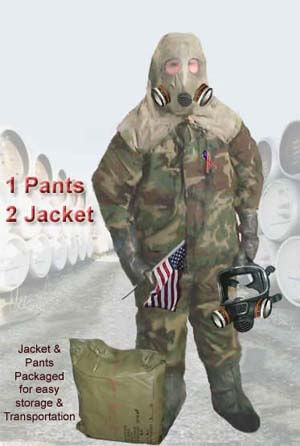
The fear rose among the living soldiers, Wainio explains, as the zombies got through the big explosions and the soldiers had to face them. He says critics still ask today why an army of expert marksmen couldn’t fire enough headshots to turn the tide. Wainio points out that they were inhibited by the ridiculous “straight jacket and suffocation hood” they were wearing, and that the panic factor was too high to understand: “after already living through three months of the Great Panic and watching everything you knew as reality be eaten alive by an enemy that wasn’t supposed to exist that you’re gonna keep a cool fucking head and a steady fucking trigger finger?” (loc 1726)
What they didn’t know at the time was that literally millions of zombies were coming at them. And the soldiers had weapons-mounted cameras comprising the Land Warrior system, which did little more in the end than to spread fear and panic, causing rumours to fly based on what people thought they saw, and what they did see. Finally, the link was severed and a JSOW (Joint Standoff Weapon) was dropped on the hoarde. . . and they kept coming out of the fiery wreckage. The line collapsed, chaos ensued, and the battle that was all for show, to bolster Americans’ confidence, backfired horribly. Wainio was pulled into a Bradley by some of his army buddies, saving his life because the Pentagon dropped a thermobaric weapon on the scene. This, Wainio claims, is what happened but was covered up. Everyone, zombies, soldiers, the press, who were in the vicinity had their lungs sucked out of their bodies by the pressure. This is how the Battle of Yonkers ended.
Some thoughts…
What I love about this section is the glimpses we get of the world’s shared history. It’s taken for granted that in the interviewer’s timeline, anyone reading these testimonials would know about the huge population being sheltered underground in Greenland, for example, or that now dirigibles are ubiquitous as the human race rebuilds itself. Clearly humanity has repurposed or rethought its technology to meet its current needs, and is evolving as we regrow, just as we always do. Noteworthy too is which governments and institutions have either survived or been resurrected, including UNESCO (and the UN). Russia, it seems has rebuilt itself as the Holy Russian Empire.
Other careers or aspects of society we take for granted clearly have fallen by the wayside, such as supermodelling. . . but what about class and caste and racial distinctions? The story Ajay tells in Alang, India, is heartwrenching. Even as humanity is falling to a deadly, seemingly unstoppable plague that takes no prisoners and makes no distinction in its victims, humans are still clinging to the divisions we’ve created for ourselves, not allowing onto their boats people of certain caste or skin colour, effectively condemning to death those who are left behind. This is coupled with some seriously creepy zombie imagery of the dead reanimating beneath the water and swimming up to the surface to drag down the living. This them is reinforced by Farahnakian’s rundown of the tense but navigable situation between India and Pakistan until the first retaliatory attacks in the border skirmishes led to all-out war. It sounds as though nuclear strikes were responsible for wiping out a good dela of the world’s population and architecture and infrastructure, without the zombies’ help. It does make you wonder if the infected who died in nuclear attacks carried their radioactivity with them. Finally, Collins’ story of personal greed and bluster shows another dark side of human nature as the rich guy pays for his hubris and the uninfected of New York try desperately to find asylum in his fortified mansion. Even as the rich guy screams for his staff of mercenaries to murder the uninfected, Collins abandons his employer and everyone in the house to their fates in order to save himself.
And yet, Brooks doesn’t leave us floundering in a sea of “humanity is terrible” stories, either. Ajay points out that he saw kindnesses happening all around him in Alang, for every bad act that was done. Collins sees those who storm his employer’s mansion focus on getting aid to those who need it, rather than rampaging and pillaging blindly. And Sharon, in her freaky little-girl dialogue and mimicry, shows us how she was cared for and saved from the infected by her mother and the members of her church.
The threat is encroaching, reaching a full-scale global crisis. Next week, we’ll find out about “turning the tide”. . .
Please feel free to leave thoughts about the readalong or the book so far!
You might also like:

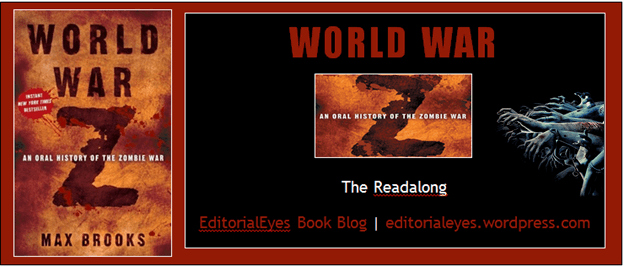
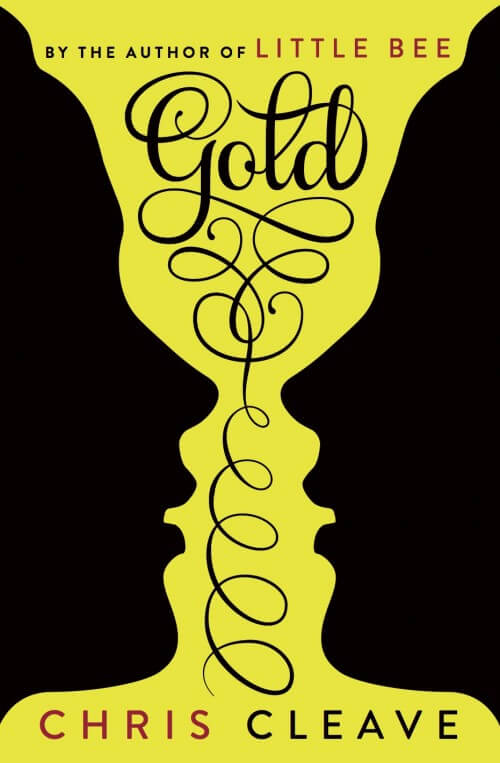
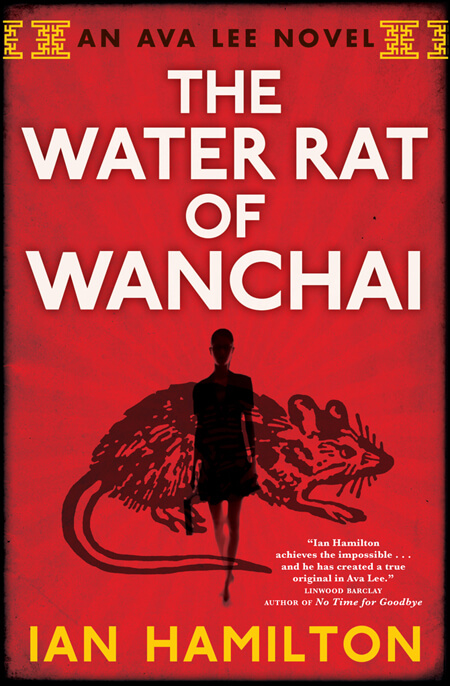
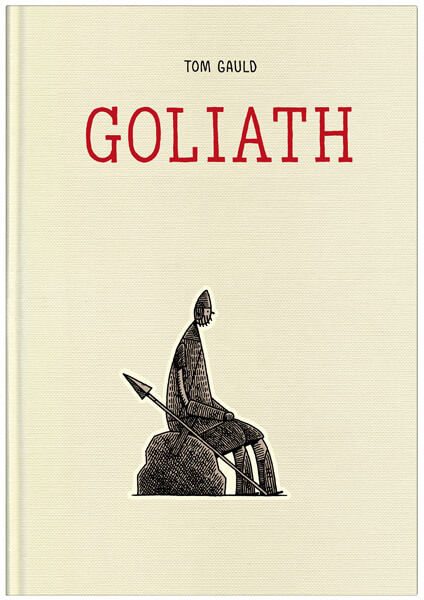
The scenes in India were particularly horrifying. Maybe just because part of us, even as an adult, always imagines that hand reaching up from beneath the bed in the dark to grab hold? So that it’s not much of a stretch to imagine those reanimated corpses resurfacing from beneath the waves? Gah. It’ll take me awhile to forget that section (and I wonder if it’s a key scene in the film as well). The section that took me the longest to read in this chapter was the final one; the details about warfare really slowed me down, until I decided that I really didn’t need to keep any of the weapons/strategies straight, but simultaneously I realize that it makes sense to have a soldier’s perspective included in such detail given the nature of the story. My marker was stuck in “Denver” for more than a week, but I’ll read on more quickly now, I think.